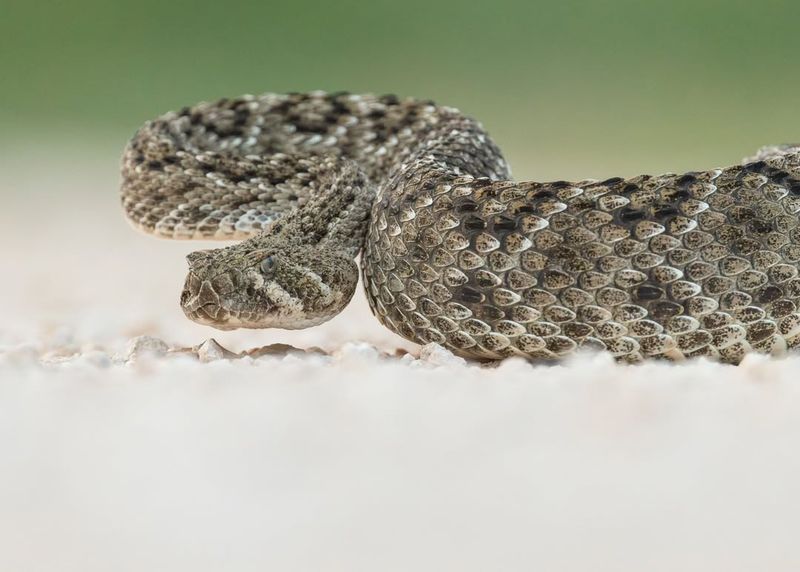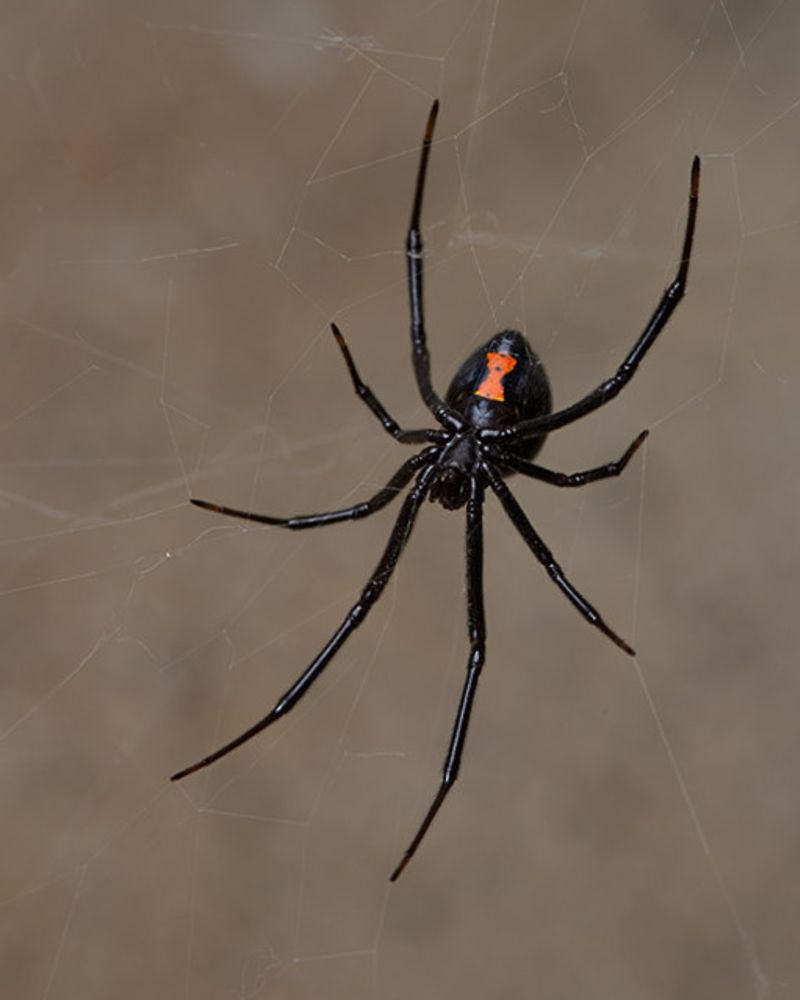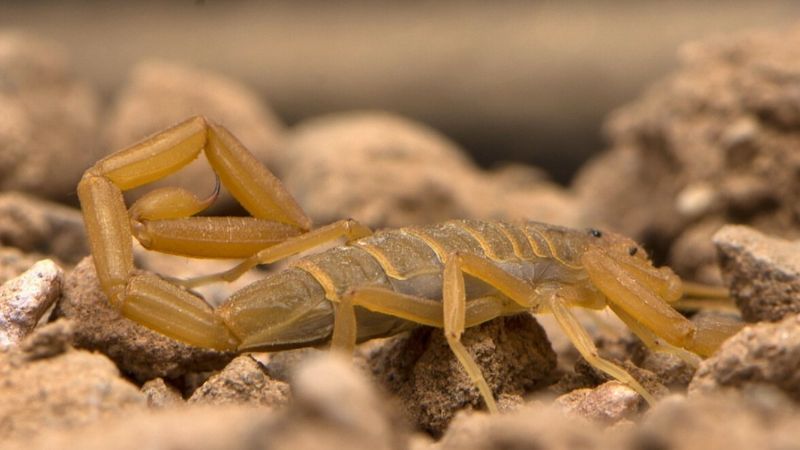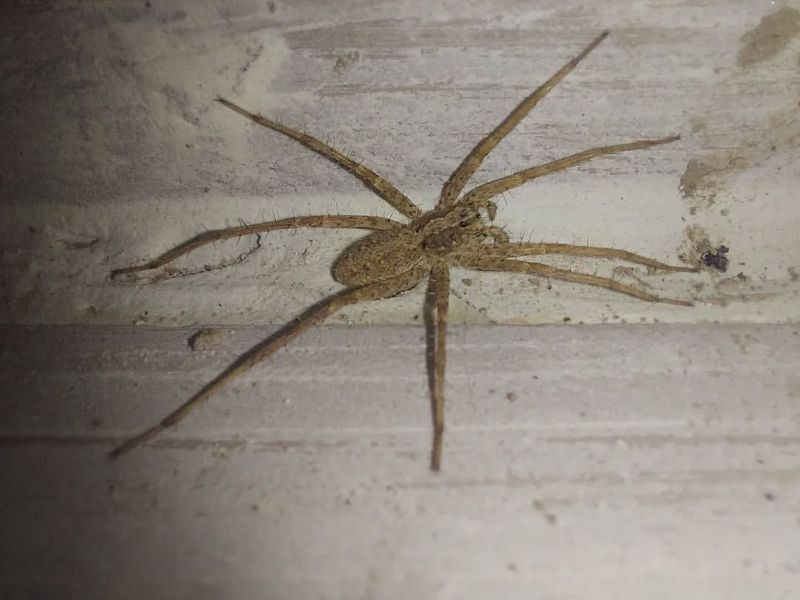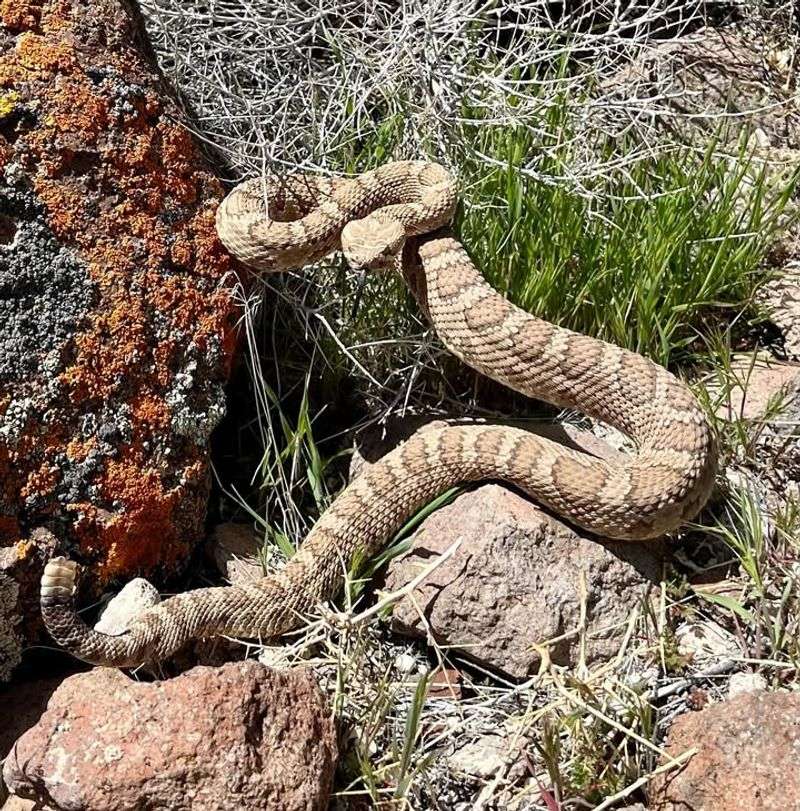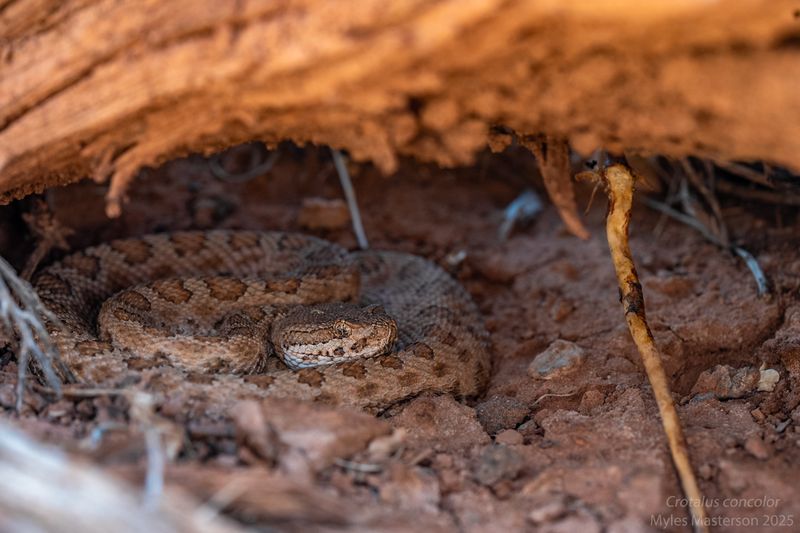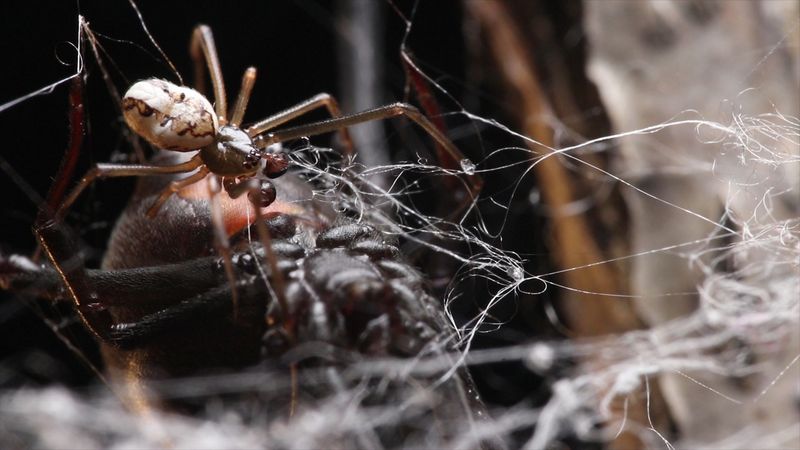Living in Utah means sharing your space with some fascinating wildlife, including a few creatures that pack a venomous punch. Knowing how to identify these animals can help keep your family and pets safe while enjoying your home and yard.
Most of these creatures would rather avoid you than cause trouble, but recognizing them gives you the confidence to respond correctly when you cross paths.
1. Western Rattlesnake
Utah’s most notorious venomous resident sports a triangular head and distinctive rattle at its tail tip. Coloration varies from greenish-gray to brown, helping it blend into rocky landscapes and desert brush.
When threatened, this snake coils up and vibrates its rattle as a warning before striking. Found in foothills, canyons, and even suburban areas near wild spaces, they hunt rodents and prefer warm, sunny spots.
Keep your distance if you spot one—at least six feet away is safest.
2. Black Widow Spider
Spotting the glossy black body and bright red hourglass marking underneath makes identification straightforward. Female black widows are the ones to watch for, as males are smaller and harmless.
These spiders build messy, irregular webs in dark corners of garages, sheds, woodpiles, and outdoor furniture. They’re shy creatures that bite only when accidentally pressed against skin or cornered.
Wearing gloves when moving stored items outdoors helps prevent surprise encounters with these reclusive arachnids.
3. Arizona Bark Scorpion
Measuring just two to three inches long, this scorpion has a slender, pale yellow or tan body that glows under ultraviolet light. Its tail curves over its back, ending in a venomous stinger.
Found in southern Utah counties, bark scorpions climb walls and trees with ease, sometimes entering homes through tiny cracks.
They hunt insects at night and hide during daytime hours. Check shoes and clothing before dressing, especially if you live near desert areas.
4. Hobo Spider
Brown coloring with darker chevron markings on the abdomen helps identify this spider, though it’s often confused with other house spiders. Hobo spiders build funnel-shaped webs low to the ground.
Basements, window wells, and ground-level spaces attract these spiders during fall months. While their venom’s danger is debated among scientists, bites can still cause discomfort and skin reactions.
Regular vacuuming and sealing entry points reduces the chance of indoor encounters significantly.
5. Sagebrush Lizard (Venomous Saliva)
Most people don’t realize some Utah lizards possess mildly venomous saliva used for subduing prey. Sagebrush lizards are small, quick-moving reptiles with gray-brown coloring and blue belly patches on males.
Found in dry, sandy areas with sagebrush vegetation, they pose virtually no threat to humans. Their tiny mouths can’t effectively bite people, and their venom is too weak to cause harm.
Still, it’s fascinating to know that even these little guys have chemical defenses in their toolkit.
6. Great Basin Rattlesnake
Closely related to the Western rattlesnake, this subspecies thrives in Utah’s northern and western regions. Olive-brown to gray coloring with darker blotches creates excellent camouflage among sagebrush and rocks.
Active during cooler morning and evening hours, they avoid midday heat by retreating to shaded areas. Like all rattlesnakes, they prefer fleeing over fighting and only strike when escape isn’t possible.
Watch where you step when hiking, and never reach into crevices without looking first.
7. Midget Faded Rattlesnake
Don’t let the name fool you—this smaller rattlesnake still delivers a painful, venomous bite. Adults reach only 18 to 25 inches long with subdued, faded patterns in tan, yellow, or pinkish hues.
Eastern Utah’s canyon country and rocky hillsides provide ideal habitat for this species. Their smaller size and quieter rattle make them easier to accidentally disturb compared to larger rattlesnakes.
Always announce your presence when hiking by stomping feet periodically to give snakes time to move away.
8. Yellow Sac Spider
Pale yellow to beige coloring gives this spider its name, along with legs that are slightly darker at the tips. Unlike web-building spiders, yellow sacs hunt actively at night.
They create small silken retreats in corners where walls meet ceilings, often indoors during cooler months. Bites typically happen when the spider gets trapped against skin in bedding or clothing.
Shake out clothes and bedding regularly, especially items stored in closets or left on floors overnight.
9. Western Black Widow (Male Variant)
While female black widows get all the attention, males look completely different and are harmless to humans. They’re much smaller, brownish in color, with tan or yellow markings.
Males wander in search of females and occasionally enter homes during mating season. Their fangs can’t penetrate human skin, making them no threat whatsoever.
Understanding this difference prevents unnecessary panic when spotting these tiny, wandering spiders around your property during summer months.


